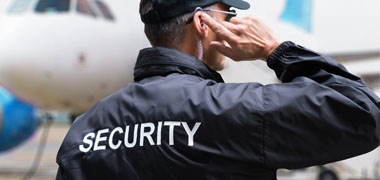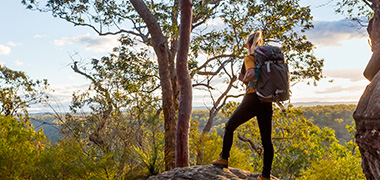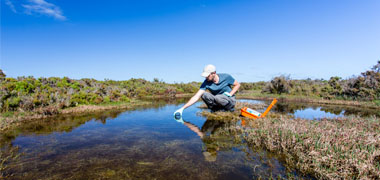
This role has a moderate level of AI exposure. AI can enhance efficiency for some tasks, but this job still relies on human skills and decision-making.
Explore all careersConservators preserve artworks and historical items in galleries and museums by assessing, documenting, and carrying out preservation work.
Get qualified to work as a Conservator with a course recognised across Australia. Speak to a training provider to learn more.
Browse occupations related to Conservator
In Australia, technical staff at libraries, galleries, and museums currently earn around $1,580 per week ($82,160 annually). Conservators have highly specialist skills so you can expect a much higher salary.
 Courses.com.au Team
Courses.com.au Team
There are currently more than 6,800 gallery, library and museum technicians employed in Australia right now — and some of these are conservators. This occupation is projected to grow slightly (approximately 2.8%) over the next 5 years.
 Courses.com.au Team
Courses.com.au Team
Conservators care deeply about the preservation of art and cultural materials. Launch your career with a Bachelor of Fine Art (Conservation), Bachelor of Arts (Culture and Heritage), or Graduate Certificate in Heritage Materials Conservation. Many conservators have supporting qualifications in art history, archaeology, chemistry, photography, natural history, library and archives management. They have usually spent time volunteering in a conservation lab. We recommend contacting the Australian Institute for the Conservation of Cultural Material for more information about entering this specialist career path.
Source: Australian Government Labour Market Insights 2023
 Courses.com.au Team
Courses.com.au Team



Conservators work at art galleries, museums, libraries, and archive institutions preserving the integrity of artworks, photographs and paintings, historical documents, artefacts and specimens. There are three main functions of their role: inspecting and assessing artefacts, carrying out actual preservation work, logging and cataloguing artefacts and preservation activities.
As a conservator you could be inspecting a museum exhibit for insect activity or damage, measuring temperature and humidity levels in storage areas, carrying out a risk assessment for deterioration and environmental damage to important collections, submitting risk reports to museum curators and officials.